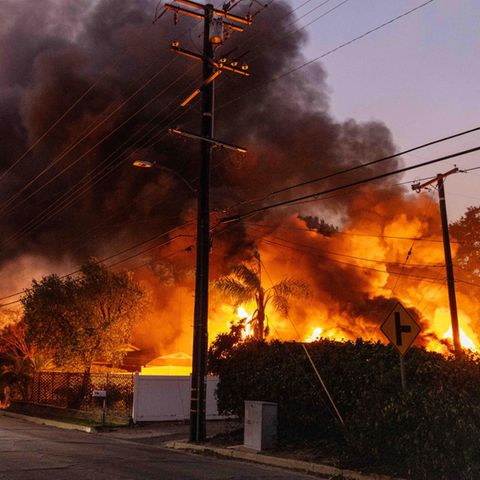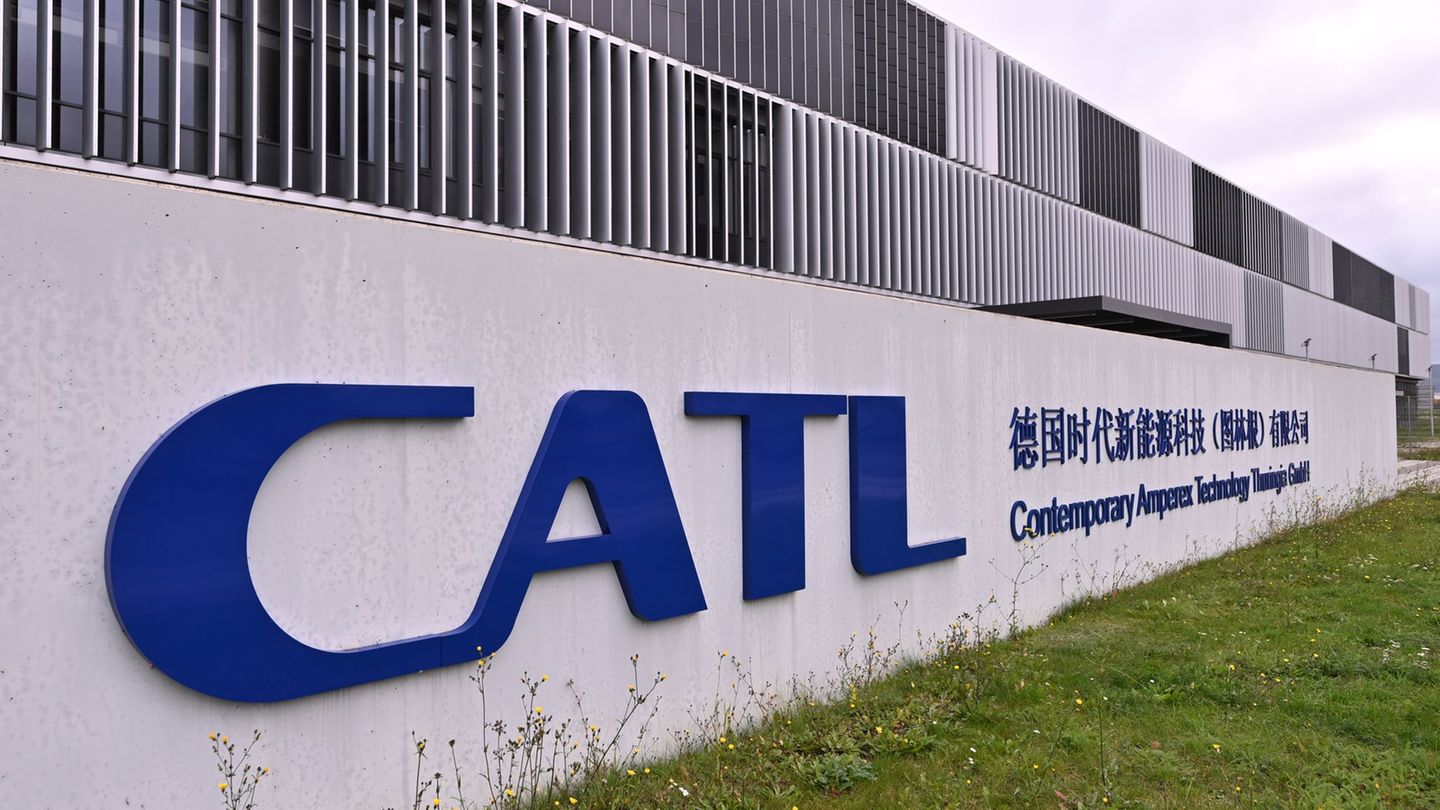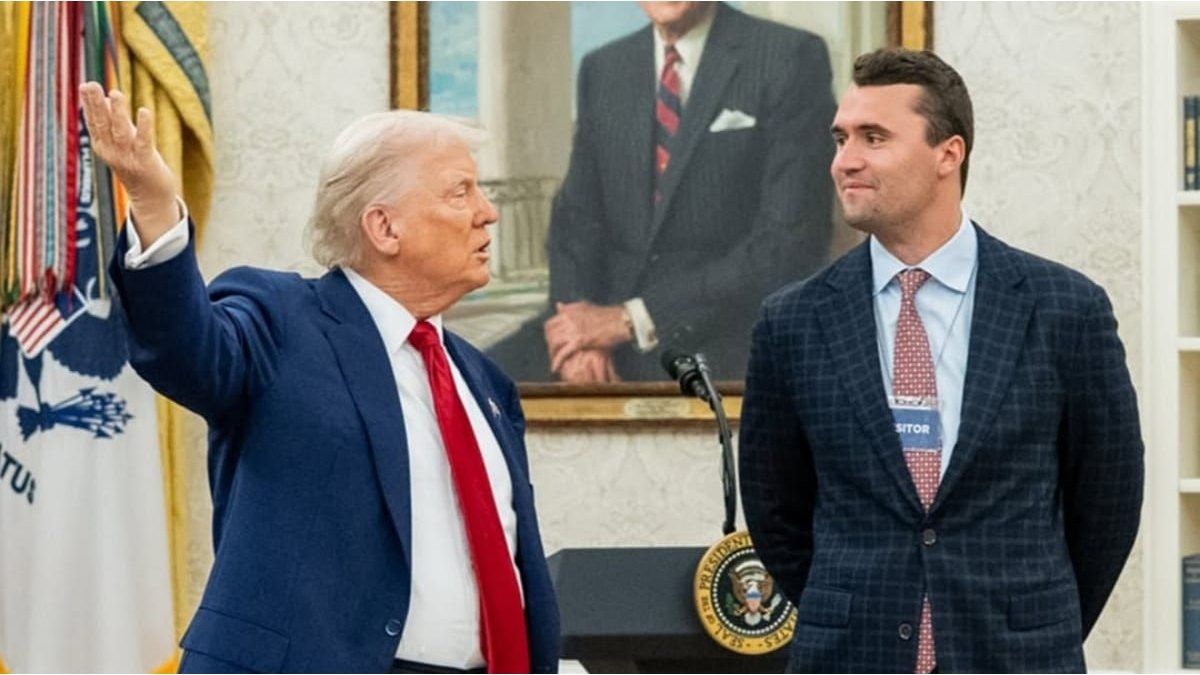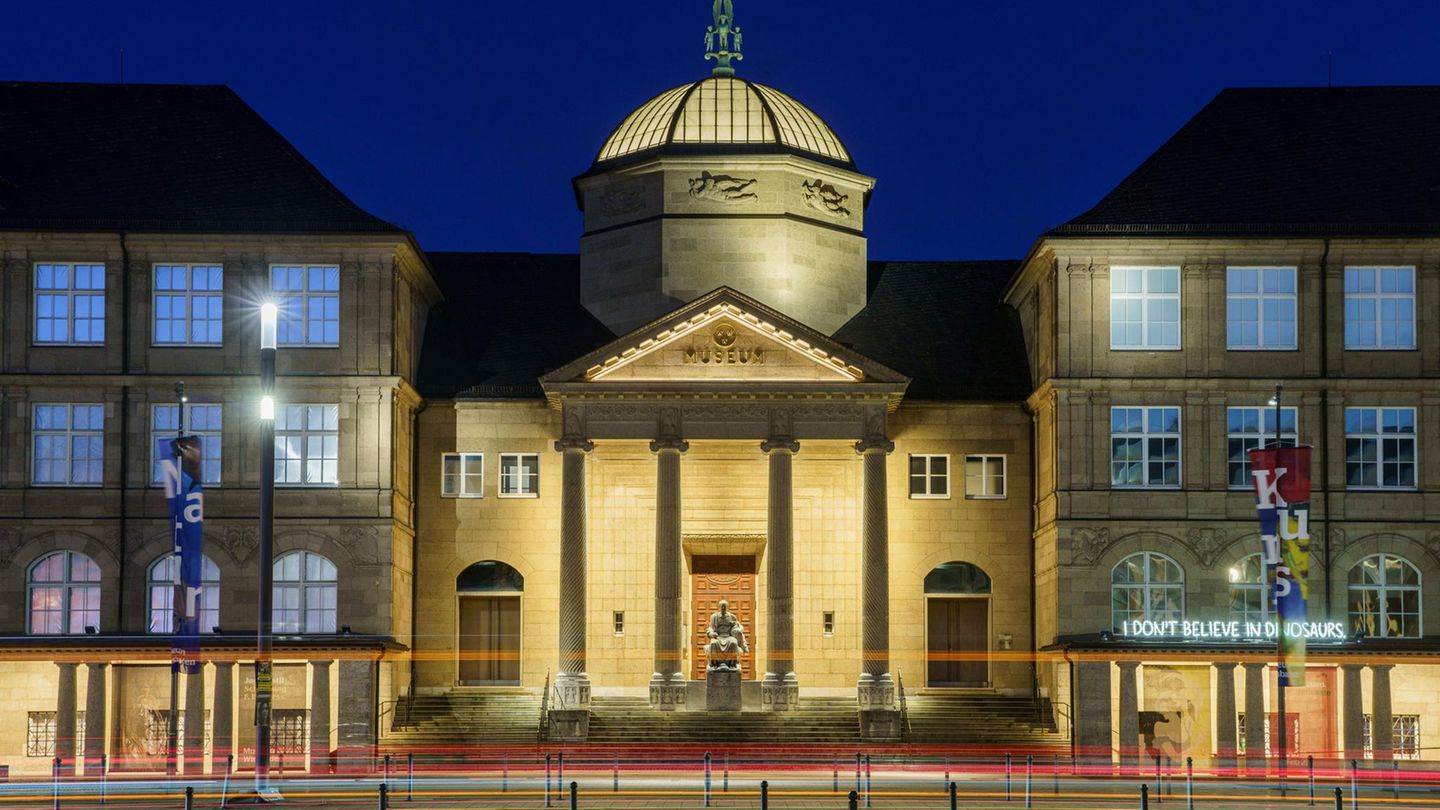Behind the story
Why the sunset in Los Angeles hurts a lot right now
Copy the current link
star-Reporter Susanne Hehr lives in Los Angeles. She visited the housing estates that were completely destroyed by the fire – and literally experienced her home in a completely new light.
When we stop at the free-standing spiral staircase on the Pacific Coast Highway, I can hardly stand it anymore because of the beauty. It spirals lonely and elegantly into the pink evening sky, while behind it the sun slides spectacularly into the Pacific as always. “It’s this winter light here. Winter in LA is the most beautiful time,” says the photographer traveling with me.
I get out of the car and look at the charred beach landscape that stretches out in front of me, where there were still houses a week ago. Behind them the Pacific glitters as if everything were as usual. Waves lap leisurely onto the beach. The familiar sound has a calming effect, along with the light of the golden hour.
It smells terrible, smoke rises from the depths to my right. I pull the N95 mask over my face. The material itches on the chin. I think of the house with the blue octopus that was potted on the wall. Was that further north? I want to remember the houses that are no longer there and that only provide a view of the beach and the horizon.
Behind every burned-out ruin in Los Angeles there was once a life
That’s where I see them: the tiny birds with fast legs that sprint towards the water after every wave, probably to find food. They run back and forth tirelessly, and I am strangely moved to see them here.
There is a single door in front of the spiral staircase, framed by a stone arch. A whole life began behind her. Now it offers a clear view of the sun, which is routinely preparing to set.
The fires in LA have been burning for almost a week. Winds are expected to get stronger again Tuesday morning.
From now on my association with this city will be different. The way my little car struggles along the highway on Tuesday evening as the wind pushes against the car so hard that I grip the steering wheel extra tightly. I’ll forever remember falling asleep on a buddy’s couch with the wind rattling the windows so hard I keep waking up. It’s been burning since Tuesday – and it won’t stop. It doesn’t stop on Wednesday as fires arrive. It doesn’t stop on Thursday as the death toll rises. It doesn’t stop on Friday, not on Saturday and not on Sunday.
It wasn’t until Monday that the sky in Santa Monica was no longer full of smoke. No ash rain as I drive to my café for the routine. I meet a colleague who flew in from Washington, we eat tacos, then we drive off with our photographer.
He is from LA and has been out every day in the areas consumed by the Palisades Fire and the Eaton Fire. He said he took a break on Sunday. He bought us snacks, which are in a bag next to me in the back seat. The uniformed National Guard stops us at the entrance to the Pacific Coast Highway (PCH). We show our press cards and are allowed through.
Research in the land of the apocalypse
There’s a lot of silence as we move through the neighborhood that was once Pacific Palisades. A house’s intercom system still works and crackles. The house that belonged to it is gone. We walk, it crunches under our soles. Slippers sit in a driveway, fluffy and neat and out of place. As if the person holding them had vanished into thin air. Just rubble, behind green bushes and miraculously fruit-bearing lemon trees.

People probably won’t return because of the trauma, says the photographer. Even the houses that are still standing are now in no man’s land. The terror that the fleeing residents must have felt resonates in their burned-out cars, with molten silver oozing out of them.
Whenever we get out, we leave the car running, leave the doors open, leave our equipment and our bags in the car. Nobody is here. Nobody is here anymore. There’s no one here anymore. Every now and then a fireman walks by and I wave silently.
Disoriented in your own homeland
As we drive along the Pacific Ocean 20 minutes later, I lose my bearings. Normally it’s stop-and-go. To our left there are dozens of police cars and fire engines. Countless, lined up. Firefighters sit on them in the evening sun and take photos towards the ocean. Then we stop in the middle of the highway because we see a group of soldiers gathering in the sunset. They will probably be briefed because of the increasing winds. The beauty of this city hurts a lot today.
When the photographer says goodbye to us at Palisades Park in Santa Monica, I point to the orange strip of sky behind the traffic light and laugh out loud for a moment. It’s the discrepancy between what I see and what I feel. LA has never been more LA: utterly defiant and breathtaking in quiet sadness. “Are you okay?” my colleague asks. “I guess. I hope,” I say.
Source: Stern
I have been working in the news industry for over 6 years, first as a reporter and now as an editor. I have covered politics extensively, and my work has appeared in major newspapers and online news outlets around the world. In addition to my writing, I also contribute regularly to 24 Hours World.





